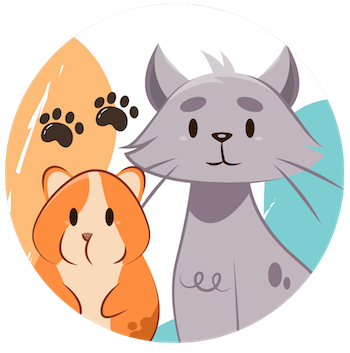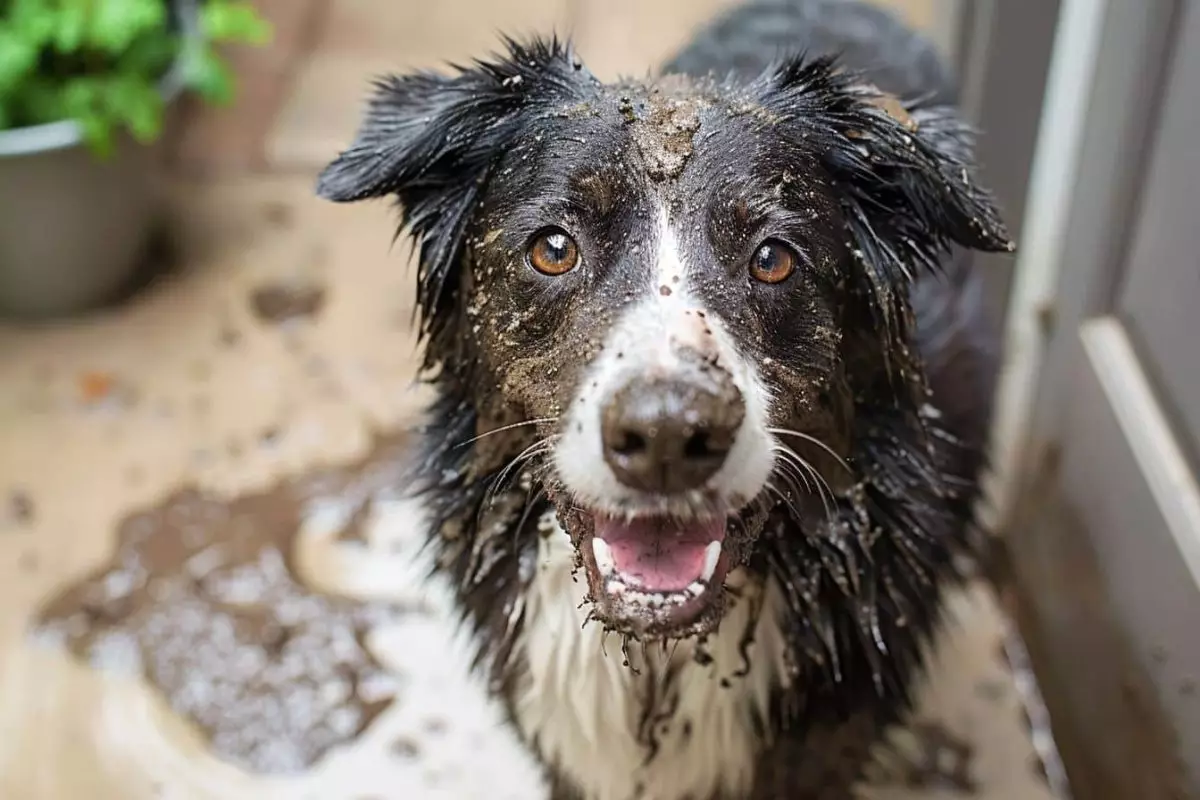Many dog lovers recognize the pure, unfiltered expression of joy that comes with watching their pets revel in muddy chaos. For certain breeds, dirt isn’t an obstacle—it’s an invitation to partake in a spontaneous adventure, a badge of their lively spirit. These dogs exemplify an innate zest for exploration, turning every puddle, mud patch, or wet trail into a playground. Their enthusiasm challenges the conventional dog-owner expectation that cleanliness is paramount. Instead, they teach us that embracing messes can be a vital part of living fully and joyfully. These breeds remind us that genuine happiness often manifests through unrestrained freedom, even if it means a little dirt on their coats.
Breeds Born for the Wet and Wild
Among the most iconic mud lovers are the water-loving retrievers. Labrador Retrievers, for instance, are bred to navigate wetlands, which makes them naturally fearless of mud and water. Their dense, water-resistant coats act as armor, allowing them to splash through muddy puddles or chase after floating objects without hesitation. Their boundless energy, combined with their innate curiosity, means mud is simply a part of their adventure—an extension of their natural environment. Their joyful splashes and muddy snouts become a testament to their fearless love of the outdoors.
Likewise, the Golden Retriever exemplifies exuberance and curiosity. Their long, flowing coats don’t deter them from diving headfirst into muddy terrain. After playtime, their soaked fur, covered in dirt, becomes a badge of their happiness. For these dogs, every mud-covered pawprint is a sign they’ve experienced life to the fullest. Their owners often see the muddy mess as an inevitable, yet delightful, aspect of outdoor bonding. The ritual of baths afterward only adds to the charm—part of the adventure rather than a chore.
The Quirky Charm of Unexpected Mud Enthusiasts
Some breeds, often with a more stocky or serious appearance, surprise us with their muddy exploits. The English Bulldog, with their signature wrinkles and stout bodies, might look like they prefer comfort over chaos, but their playful side emerges vividly when faced with mud. Their slow, deliberate movements through a muddy patch reveal a contentment that’s hard to match. They may wade through or roll around, grinning goofy and carefree, reveling in the cool texture beneath their feet. Post-roust, their relaxed lounging exudes satisfaction—proof that joy doesn’t discriminate against appearance or stature.
Fieldwork breeds like Border Collies thrive in challenging terrains that demand agility and resilience. These high-energy herders view mud as just another toy or obstacle to conquer. Their animated leaps and quick turns through slippery patches showcase their intelligence and stamina. Muddy paws and fur are simply part of their daily pursuit of perfection in movement, and their radiant wagging tails confirm that they regard drenched, muddy play as the pinnacle of outdoor enjoyment.
Even breeds like the Boxer, with their playful clownish personalities, demonstrate an unquenchable zest for outdoor adventures. Their short coats dry easily, encouraging them to dive, roll, and shake off mud with wide-open enthusiasm. For these dogs, every muddy escapade is an expression of pure bliss, an act that seems to amplify their already lively personalities.
The Enduring Allure of Mud for Certain Hunting and Working Dogs
Many breeds with specialized backgrounds naturally include mud and water as part of their environment. The Irish Setter, with its elegant but energetic frame, runs through marshy ground with unrestrained gusto. Long coats may get muddied, but their boundless energy makes the mess seem trivial. Their proud post-rough-and-tumble look serves as a badge of their spirited love for outdoor life.
Dogs bred for water, like the Portuguese Water Dog, are practically born to love mud. Their waterproof coats are built for diving, retrieving, and rolling in wet terrain. After a day of muddy play, not only do they look pleased, but they also seem more alive, barking blissfully and shaking off the specks of mud like trophies of their adventure.
Herding breeds such as the Australian Cattle Dog are rugged and resilient. Their tough builds and instinctual drive enable them to thrive amid dirt, water, and mud—conditions they interpret as natural, familiar elements of their work. For them, mud is not an inconvenience but an integral part of their environment that fuels their energy and roots them to their natural instincts.
The Purity of Mud-Driven Happiness
What stands out most is that these breeds view muddy terrain as an extension of their playground—a space where they can be carefree, instinctual, and unfiltered. Their muddy paws, soaked fur, and wagging tails aren’t signs of disorder but symbols of a life lived spontaneously and without regret. Whether they are digging, splashing, or simply rolling in dirt, their actions embody a sense of freedom that many dog owners crave but sometimes forget in their quest for tidiness.
By embracing mud as part of their joyful existence, these dogs challenge human notions of cleanliness, emphasizing instead authenticity and unrestrained living. Their playful acceptance of dirt reveals a primal happiness rooted in nature and instinct—qualities that remind us that sometimes, the most memorable moments are those we risk getting a little dirty for. In their muddy glory, these dogs embody the essence of adventure, reminding us that life’s greatest pleasures often come from embracing the chaos with open paws.

